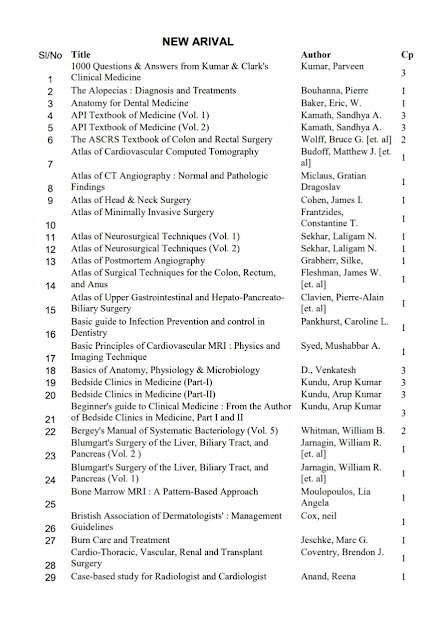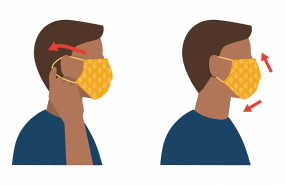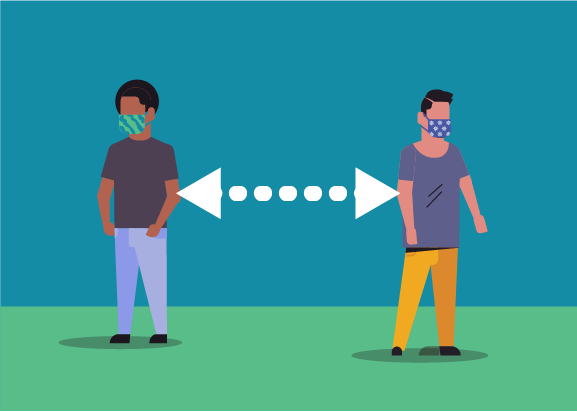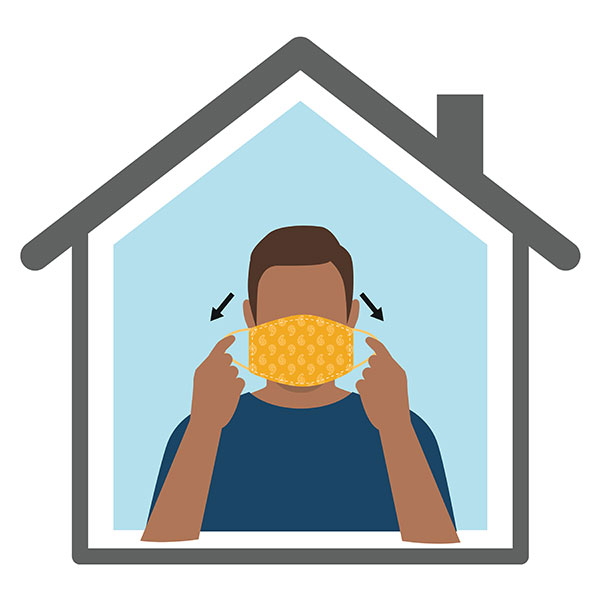1. Eligibility for Library Membership:
The
following shall be eligible to become members of Library.
A) All Faculty, Residence and MBBS Students.
B) Paramedical Institute Employees and Non- Teaching Staff.
2. Procedure for enrolment:
Members of all categories shall fill in the prescribed forms to become
members of the Library. Members will be given Library Unique
Identification for borrowing books.
Each borrower will be responsible for the books borrowed and for the
return of the books to the Library without damage.
4. Conditions regarding issue of Books:
|
SL.NO |
CATEGORIES OF MEMBERS |
NO. OF VOLUMES |
LOAN PERIOD |
|
1 |
FACULTY |
3 |
14 |
|
2 |
RESIDENCE (SR/JR) |
3 |
14 |
|
3 |
STUDENT (MBBS) |
3 |
14 |
|
4 |
PARAMEDICAL STAFF |
2 |
14 |
|
5 |
NON- TEACHING |
2 |
7 |
Books can be renewed once to the
borrower provided those books have not been requisitioned by any other member.
However, renewal will be done only when the book is physically brought to the
library.
A fine of Rs. 2/- per day will be incurred for the delay
in return of Books. The defaulter will be suspended from Library Membership
after two months of the due date
until the outstanding book is returned.
A) The Librarian shall have the power to refuse issue of a book with the
approval of the Director.
B) Librarian shall have the power to
recall any book from a borrower, if it is considered necessary in the interest
of the institution.
C) Librarian shall have the power to punish the defaulter in appropriate
measures if it is considered necessary in the interest of the institution, with
the approval of the College authority.
A) No marking or underlining shall be permitted on any
portion of the books. In case this is detected, full cost of the Books (latest
edition) shall be recovered and the membership shall remain suspended until the
book is replaced .
B) The document should be properly checked for torn,
missing pages or other damage before borrowing.
C) Do not tamper, tear, deface, underlining or cause
any kind of damage to any part of the document
9. Loss of Books:
If a member loses
any books borrowed, he/she should report immediately to the Librarian and he/she
have to replace the same. In the event of the books/journal not being available
in the market, the cost at the rate of 10% escalation per year from the date of
purchase will be charged
In the event of stealing, misuse or damage of
books borrowed by a member, the Librarian will have the power to suspend the
member, reporting each matter to the Director for
appropriate action.
A) All members should return their books to the Library before leaving the
Institute. In event of outstanding Library Dues the Clearance Certificate will
not be issued.
B) Any misconduct which the Librarian
feels appropriate for termination of membership may be terminated from
membership on the approval of the Director.
The out-going students are required to produce a Library
Clearance Certificate from the Librarian, in the absence of which the
results of their University examination are to be withheld.
‘Library Clearance Certificate’ will be insisted for every Library members before releasing him/her
from Institution.
All materials on loan irrespective of the normal due date shall
be returned in the event of stock verification.
A) Personal belonging such as handbags,
files, umbrella, etc. should be left at the entrance of the Library.
B) Improper behaviour like Smoking,
chewing betel nut, spitting, eating, drinking, making noise and using
Mobile phones, etc. are not allowed inside the Library.
C) Pet like dogs, cats etc.
shall not be brought inside the Library.
D) Library Members must not cause any
disturbance or engage in any behaviour which interferes with library
activities.
F) Stern action will be initiated
against library members/visitors found vandalizing or defacing library
reading materials, furniture, equipment, library building, etc.
Kindly Note: Library will not be responsible for any loss of belongings i.e. Mobile Phone, Money, Wallet, Purse or any other valuable items.





